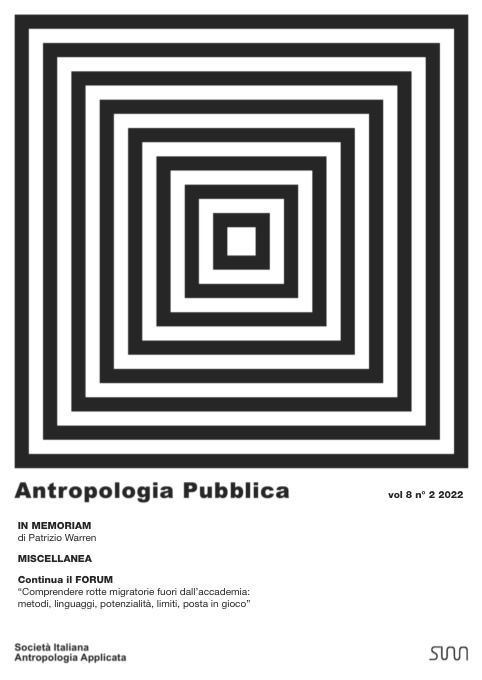Territories of Life in Europe. Towards a Classification of the Rural Commons for Biodiversity Conservation
DOI:
https://doi.org/10.1473/anpub.v8i2.279Keywords:
Commons; Governance; Territories of Life; Biodiversity Conservation; Europe.Abstract
International awareness has grown about the relevance of considering indigenous and local communities as agent of eco-compatible territorial governance. This is today fully acknowledged in the context of the IUCN (International Union for the Conservation of Nature) and the CBD (United Nations Convention on Biological Diversity). Notions like “territories of life”, “ICCAs”, “community-based OECMs” (Other Effective area-based Conservation Measures) and voluntarily “conserved areas” have become central in international conservation discourse, but they are not equally considered in the EU environmental and agricultural policy. The Italian case here presented shows that rural commons have survived and are re-emerging as relevant factor of biodiversity conservation. The specific political and juridical histories of the process of recognition in Italy deeply affected the modality of Common Pool Resources (CPRs) governance. Given the high level of the regulatory function by the State in Europe, it is recommended that the EU develops ad hoc policy attention for the environmental value of the rural commons. To this aim more studies are needed at European scale. Building on the criteria adopted for the Italian classification of rural commons, it is here suggested that careful methodological design may help to address the complexity of CPRs and Common Action research and high intraEuropean diversity, for constructing meaningful interdisciplinary, multi-method and policy-oriented research.



